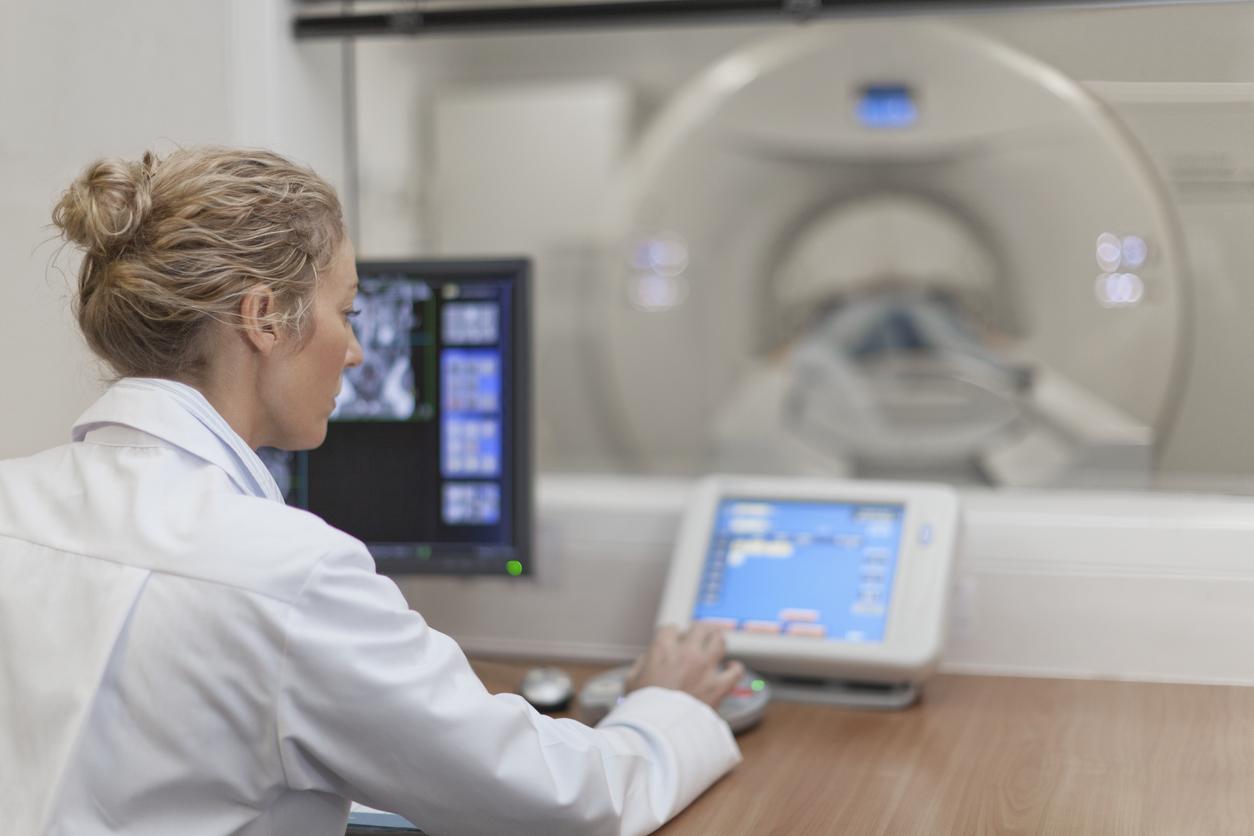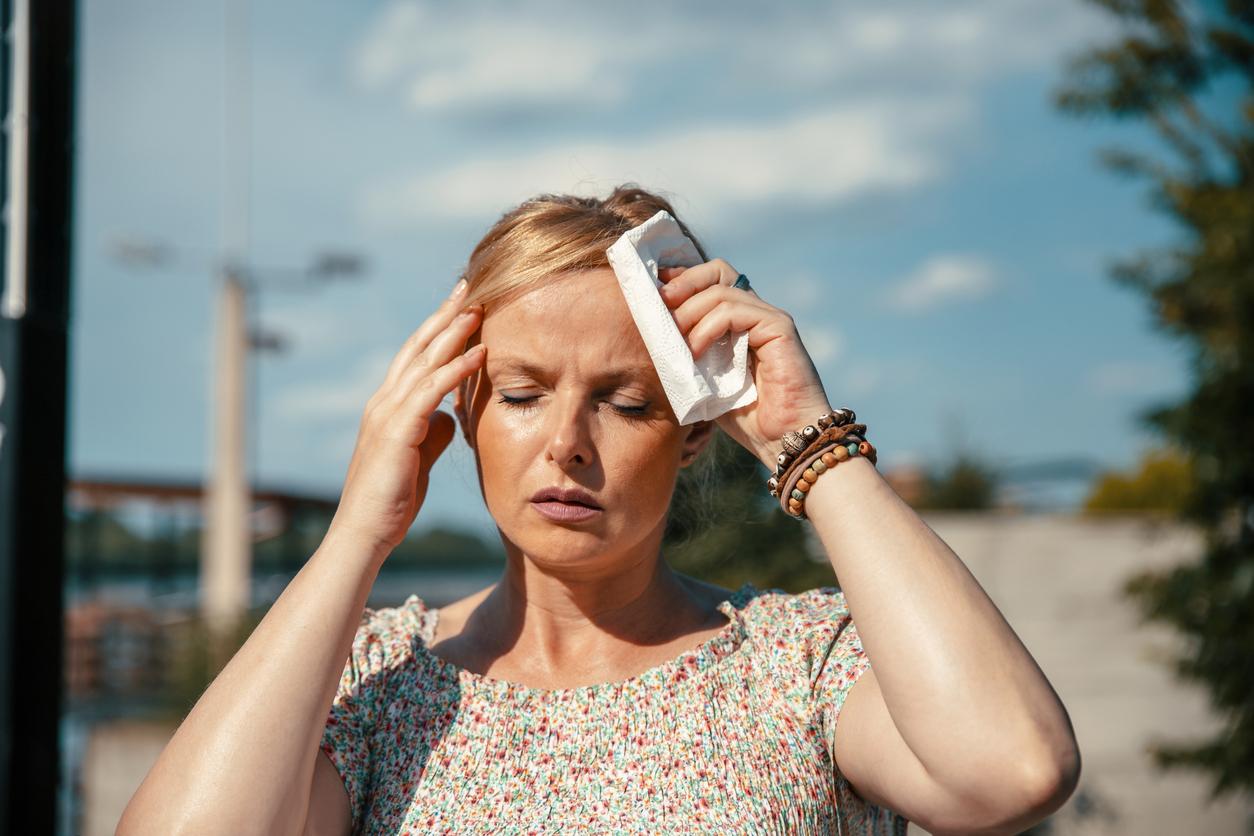According to a study by Drees, cerebrovascular accidents (CVA) are more frequent, more serious and less supported for precarious patients.

- The risk of having a stroke is multiplied by 1.4 for adults with modest incomes.
- For people aged 45 to 64, the rate of occurrence of a stroke is almost twice as high in this age group among the most modest compared to the wealthiest.
- Less care in a neurovascular unit was observed for the oldest and most modest.
123,000. This is the number of French people hospitalized in 2019 for a stroke, one of the main causes of death in France, according to a recent report from the Department of Research, Studies, Evaluation and Statistics (DREES). In the latter, the organization pointed out the social inequalities in health relating to this stroke, both in terms of care and occurrence.
To carry out the work, the DREES analyzed data from 2014 to 2017. During this period, 19,000 stroke episodes were reported, representing 444,000 episodes in the general population. Of all recorded strokes, three out of four were ischemic strokes and one out of four hemorrhagic strokes. According to the data, the average patient age was 73 years and 49% were female.
If you are poor, the rate of occurrence of a stroke is higher
According to the results, between 2014 and 2017, the frequency of occurrence of a stroke for people with modest incomes, i.e. the 25% of adults with the lowest standard of living, is 40% higher than for wealthy patients. , or the 25% of people with the highest standard of living. “These disparities are even more marked among 45-64 year olds, then fade at old ages (over 85)”, management said.
The most precarious French people not only have a higher risk of having a stroke, but they are also more likely to suffer from sequelae. “The probability of a stroke leading to paralysis is 22% higher in the most modest than in the wealthiest. Similarly, the risk of language disorders increases by 11%”, can we read in the report.
Less support for the most modest patients
According to the DREES, the difference in sequelae between the precarious and the wealthy can be explained by the disparity in care. People with low incomes are 10% less likely to be treated in a stroke unit. In 2017, 14.2% of patients suffering from an ischemic stroke benefited from thrombolysis. “Even if this proportion has increased considerably since 2010, it is still limited, most often due to the delays in treatment, the latter being only possible within 4.5 hours of the onset of symptoms”, specified the organization.
Regarding the risk of death 30 days after a stroke, it is not significantly associated with the standard of living of patients. “In contrast, people in the highest standard of living quartile might have a reduced risk (-9%). In addition, a high standard of living is associated with a reduced risk of death at one year (-11% )”, detailed the DREES.
.
















